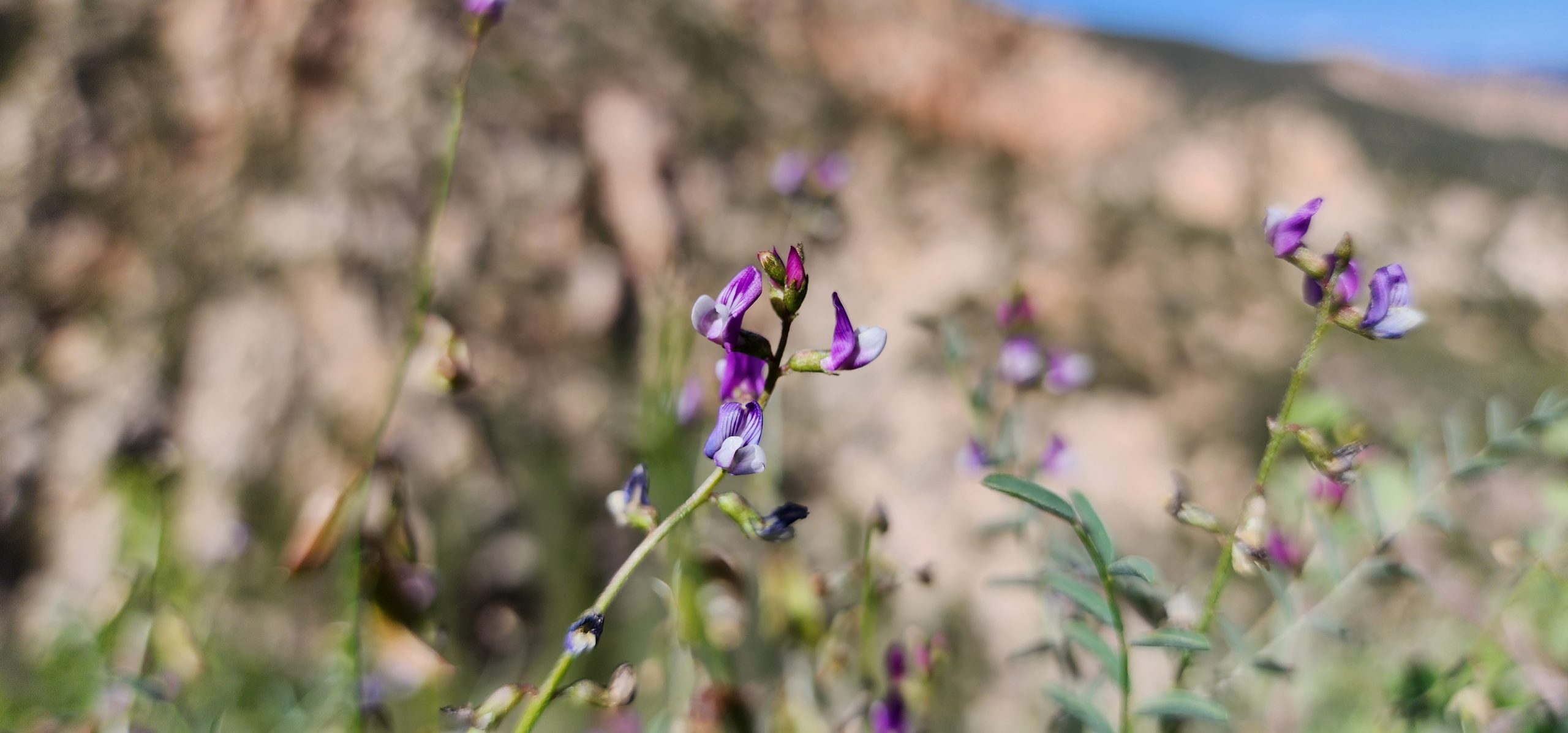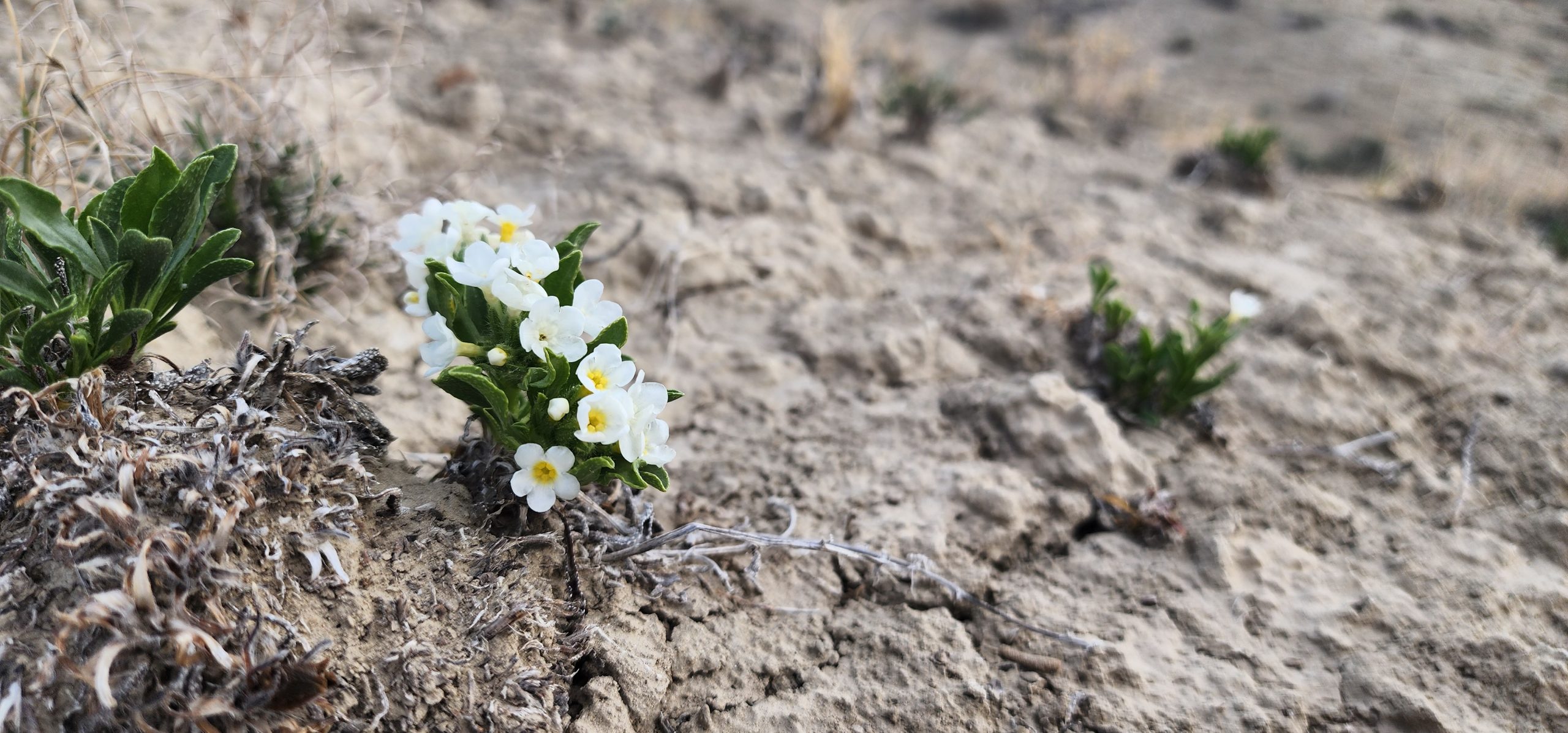Save Plants
CENTER FOR PLANT CONSERVATION
December 2020 Newsletter
It is now December. When I look back at the January 2020 newsletter quote, “I like to think of 2020 as the Year of Clear Vision,” I say, “Oy vey!” It truly has been an unbelievable year. It has been a year where we humans had to go to our room and think about what we have done. As the late night comedian Jimmy Fallon says, “2020 – how has one year felt like 30?” And yet, it has been the Year of Deep Lessons about the Human-Nature Interconnection. It has been the Year of Resilience. And, for CPC, it’s been an amazing Year of Innovation and Opportunity. We gracefully accepted change. We dug in and successfully implemented new ways to connect with our network. We received several new grants that have afforded us exciting opportunities to expand rare plant collections and our knowledge of and impact on plant conservation. There is much to look forward to in 2021. In this issue of Save Plants, we acknowledge the challenges and recount the changes and the blessings of the year.
May you and your families have a safe, healthy and blessed holiday & a very bright New Year,
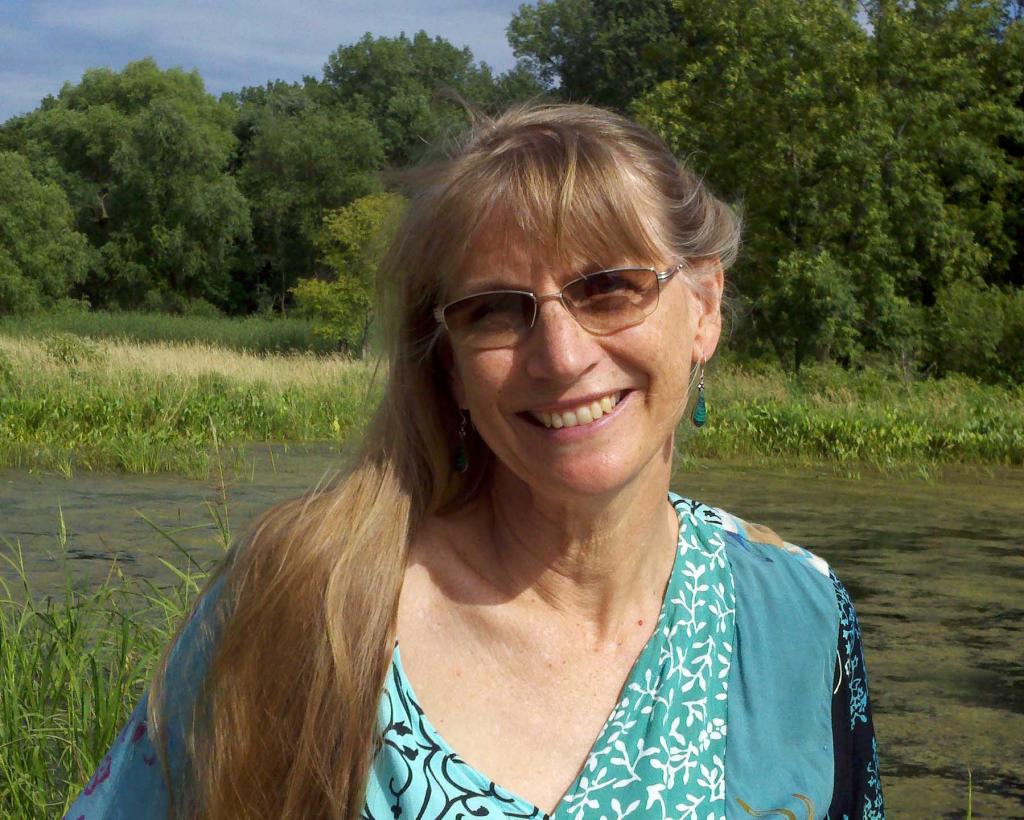
Joyce Maschinski
CPC President & CEOStrengthening Network Connections
As a network, CPC connects plant conservationists, amplifying their knowledge and experience to save plants. The strength of the network connections within CPC became clear in the pandemic, with remote meetings providing opportunities to meet, share, and discuss.
For many, the pandemic struck during, or just before, the busy field season. The CPC National Office convened a series of online meetings for people to discuss the challenges and solutions to conducting work in the field. From safety protocols to addressing access restrictions and child care, plant conservationists had a lot to express. In addition to providing a forum for sharing practical advice and experiences, the meetings provided a sense of solidarity. In times of adversity, it’s helpful to know your fellow conservationists are out there facing similar issues as they strive to save plants.
Our network comradeship and solidarity typically peaks during the annual National Meeting of the Center for Plant Conservation. The CPC National Office staff worked diligently to ensure that the 2020 National Meeting was no exception, despite the challenges of not being able to meet in person and changing the date from May to October. The virtual conference that emerged took advantage of a variety of technical tools, combining pre-recorded videos, live presentations, and discussion boards that connected about 150 plant conservationists. This new format allowed more institutions and more staff per institution to participate, eliminating travel costs and logistics and reducing time away from other duties.
Behind the scenes, the National Office has also been advancing their technological tools for connection. In conjunction with a National Leadership Grant from the Institute of Museum and Library Services, the staff is working to improve the forum and resources of the Rare Plant Academy for the network and beyond. These improvements will enable CPC to make plant conservation resources more accessible to everyone.
Still Saving Plants
Even with the COVID-19 pandemic adding layers of restrictions and providing logistical restrictions, CPC Participating Institutions stayed the course in their efforts to conserve plants. Collectively, CPC institutions added about 370 species to the National Collection – species sustained in garden or seed collections to protect against catastrophic loss in the wild.
CPC always strives to support plant conservationists safeguarding rare plants across the nation. This year, financial support generated and distributed by CPC was key to a number of conservation successes. Over half of the National Collection additions are the result of collection efforts from the California Plant Rescue project, a collaborative effort to conserve the state’s rare plants. CPC members in California are working in conjunction with other institutions to divide and conquer the task of saving plants. CPC administers funds from the state of California to support this project. A stunning total of 191 rare plants were collected this year, enabling the state to come close to the Convention of Biodiversity goal of conserving 75% of rare native plants in collections by 2020. Although just shy of the goal, this achievement is particularly remarkable given the access, permitting, and staffing restraints on the California institutions during this pandemic year.
Additional conservation efforts supported by CPC in 2020 include seed collections in Arizona and New Mexico through our agreements with the U.S. Forest Service Region 3 and Kew Foundation America. Maria Mullins at the Institute for Applied Ecology collected small-headed goldenweed (Lorandersonia microcephala) and Pecos fleabane (Erigeron subglaber) in north central New Mexico. Sheila Murray from The Arboretum at Flagstaff collected two species of Indian paintbrush (Castilleja mogollonica and Castilleja kaibabensis) on Forest Service land in Arizona.
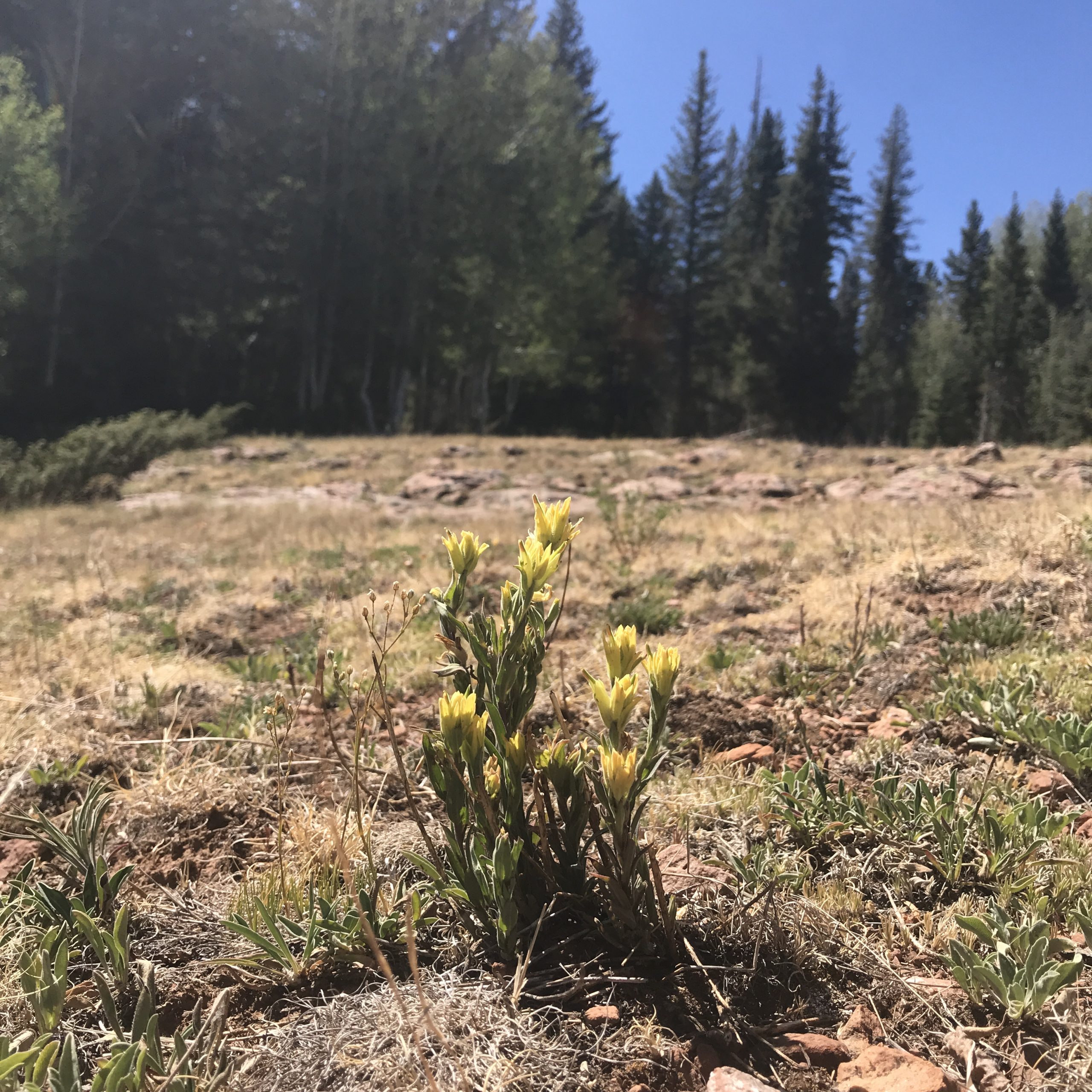
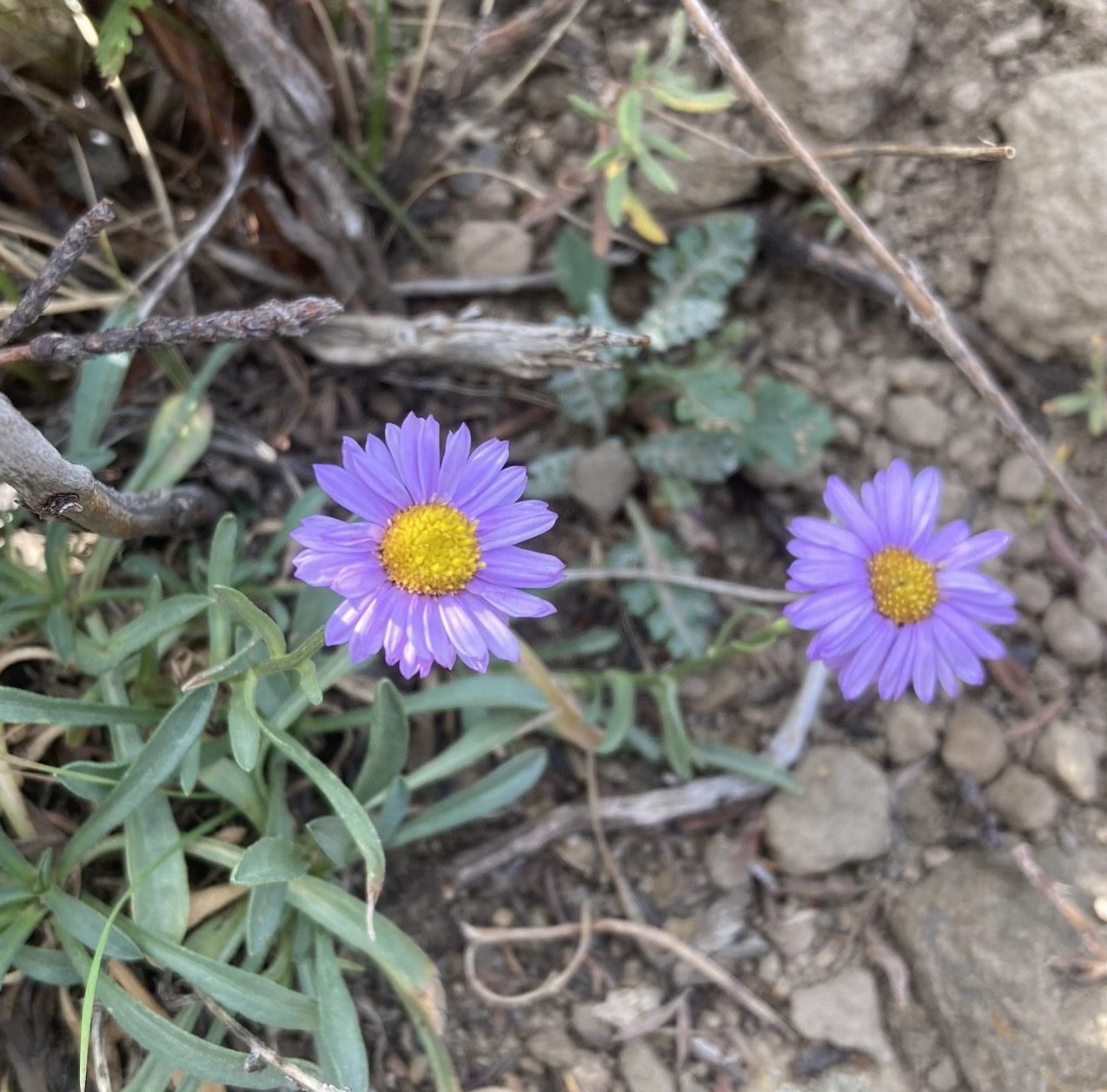
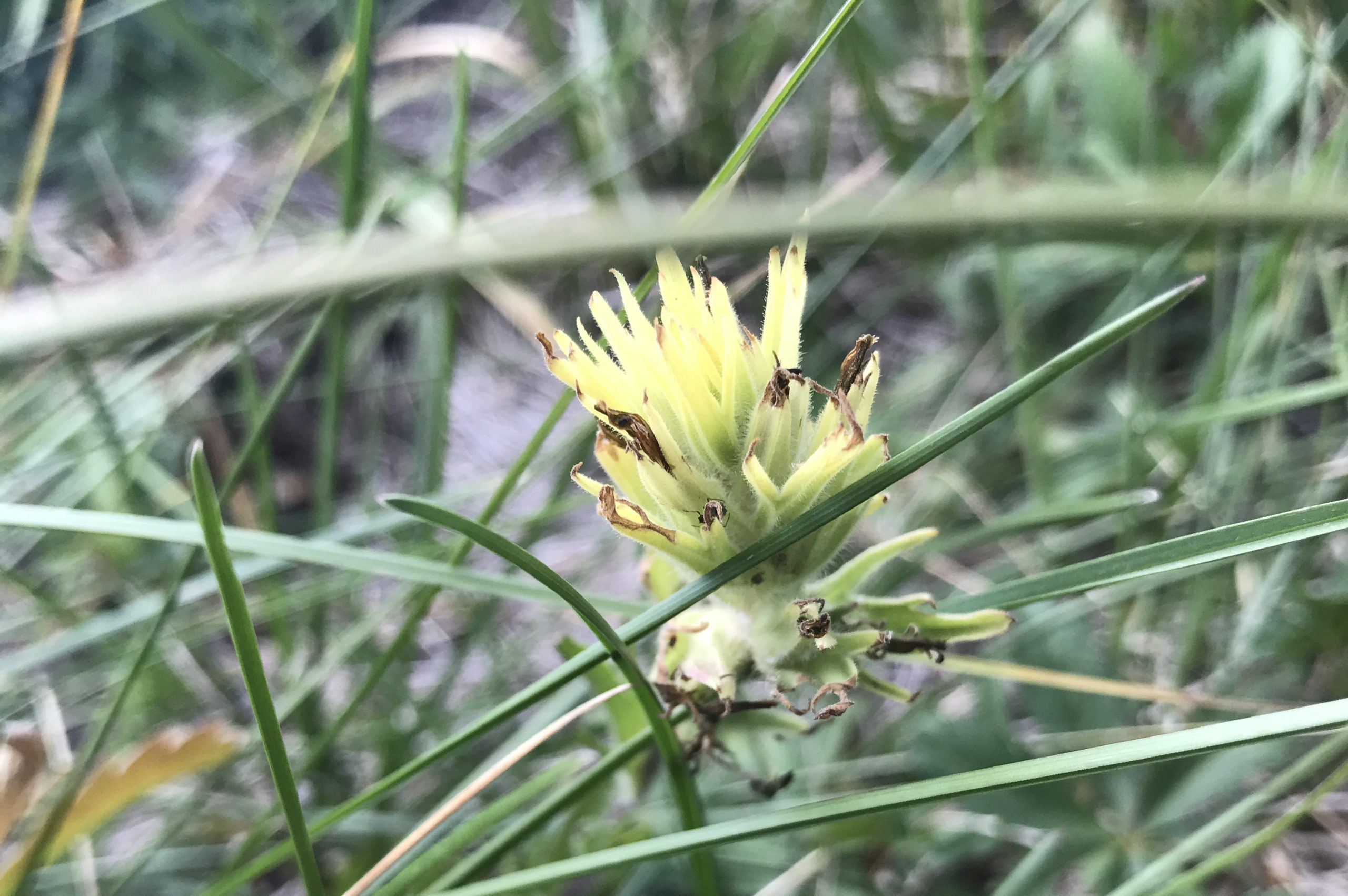
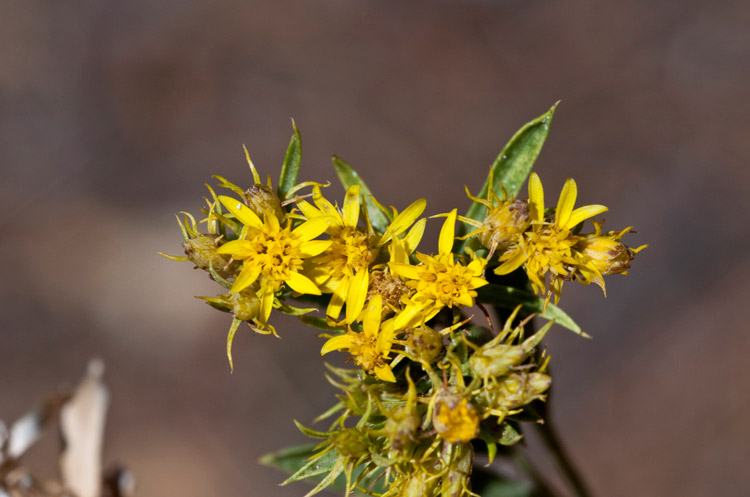
Looking to the Future
We are all looking forward to a safer future following the peaks of the COVID-19 pandemic. During the pandemic, the CPC home office has been working on projects that will be implemented in 2021 and beyond. Two new projects highlighting important aspects of CPC secured funding this year: Applied Plant Conservation Online course modules, funded by the Bureau of Land Management (BLM), and a study on seed longevity.
The Applied Plant Conservation Course promises to be a key resource in the Rare Plant Academy. The educational content—adapted from a week-long in-person course—will cover topics from seed collection to population monitoring, and from genetics to restoration. The course will expand the Rare Plant Academy’s training resources to prepare rare plant conservationists for the breadth of challenges they’ll face in coming years.
Providing training and tools for conservationists is just one function of the CPC network. It also connects data, scientific prowess, and applied conservation experience to advance work that saves plants. The pending seed longevity study, funded by the Institute of Museum and Library Services and implemented in the laboratories of the USDA’s National Laboratory for Genetic Resources Preservation, exemplifies this aspect of CPC. Across the network, institutions will re-collect seed from rare plant populations to compare with seeds collected from the same populations decades earlier. New and old seed will then be subjected to a suite of tests, including the examination of RNA integrity, to determine how each species holds up against time in storage. The results will help us understand how long seeds from different habitats and with different traits can be expected to survive in storage.
A Time of Change and Thanks
As with so many things in 2020, CPC’s board of trustees is experiencing change, with new leadership and several trustees stepping down as current terms end. Here we highlight the trustees who are changing roles or departing the board. We thank them most gratefully for their service to CPC and many contributions towards our goal to save plants.
Sharon Blackburn
The home that Sharon Blackburn built with her husband Randy is a LEED-certified sustainable building, and—perhaps more unusually—it boasts a midwestern prairie full of native plants as a front yard. Her family’s personal dedication to sustainability and passion for native plants is just one factor that made Sharon a natural fit for the CPC board. Although Sharon’s time on the CPC board has been shortened by life circumstances, fellow board member Spencer Crews points out that “her dedication to plant conservation was apparent in several aspects of her life.” Sharon was instrumental in bringing Lauritzen Gardens to CPC as a Participating Institution, working with her husband Randy (chair of the garden board) and Spencer (garden director at the time) to ensure they joined the network. She also served on national committees within the Garden Club of America as well as her local club. Sharon’s dedication to plant institutions demonstrates the impact an individual can make on protecting native plants and their environments.
Josephine Bush
Josephine (Jody) Bush joined the board at the invitation of her sister-in-law Patricia Bush, a founding board member, who thought she would love it. Patricia was correct. With CPC Jody found a “modest and humble [organization] with a huge vision and an achievable goal.” She loved the organization, believed in the mission, and loved being around those who also love the plant world. Jody noted that the field trips were a particular highlight of any board meeting, stating that “being in undisturbed natural areas is one of the greatest pleasures in life – one can sense sustainability and integration, the rightness of place.”
Though retiring from the board, Jody is not retiring her support of CPC. From her Florida home she hopes to raise awareness and funding support for plants, specifically the 356 rare and endangered plants found in Florida. She recently helped secure CPC’s first gift towards this effort, a generous donation from Coleman and Susan Burke and is excited to see the effort grow.
Mary Ann Streeter
Long-time CPC board member Mary Ann Streeter recalls stepping into the role decades ago, when the network headquarters were located in the attic of Arnold Arboretum. During her time on the board, she learned about many of the National Collections species and helped bring Kentucky lady’s slipper (Cypripedium kentuckiense) and other rare species into the collection. Looking back on her many years of service, Mary Ann reflects, “I got out a whole lot more [out of it] than I put into it.” She brought some of what she learned on the CPC board to enrich her contributions to the board of the New England Wild Flower Society (now Native Plant Trust). She ends her tenure on the CPC board with a fascination for all rare plants within the National Collection and a lasting impression of the amazing board members with whom she served.
Lynde Uihlein
While Lynde remains a trustee, she is stepping down from her time as board chair. Lynde took the reins of chair from Peter Raven in 2018. During this time, she led the board through changes in staff leadership and strategic planning and successfully addressed the many challenges of leading a non-profit. Our incoming Board Chair, Dr. Barbara Millen, had these wonderful things to say about Lynde:
Lynde, there are so many ways to describe you – environmentalist, social welfare advocate, feminist, philanthropist, political activist, innovator in community co-op development, and yes, even Wisconsin dairy farmer. Yet these labels provide only a glimpse into your many years of service, hard work, and extraordinary accomplishments. For those present at this Board meeting, I would like to underscore a few of your many strengths which I have come to know and admire so deeply in the two years we have worked closely together. You are a wise and clear, careful thinker — a visionary. You’re good-humored, steady, compassionate, thoughtful, measured in your recommendations, and considerate of those offered by others. You are so very generous and ever gracious. You are supremely level-headed, unless really pushed, and then you’re strong, tactical, and decisive. You are all these things, and they have made you the very great leader you have been at CPC. It is my great good fortune that we have become wonderful friends – thanks to CPC.
Lynde, you taught us all in the CPC family so much about non-profit organizational leadership and management. You are so wise and able to see the strengths, potential opportunities, and solutions in each moment – in the good times as well as when challenges arise. Who could have imagined the levels of success we have achieved and the unprecedented challenges we have faced in these past two years? You were exactly the person CPC needed to fill the very big shoes of Peter Raven – to provide the steady, guiding hand and Board leadership to facilitate and celebrate the enormous strides we’ve made under Joyce’s outstanding leadership and by her capable CPC team, and to weather difficult leadership transitions and daunting challenges brought on by COVID-19. Most Board Chairs, if lucky, have few disruptions to contend with in their terms. You have managed a tsunami of disruption with extraordinary strength, resolve, and skill. You have guided and inspired the Board, its XCOM, and our Headquarters team. We will be ever grateful for your wise, calm, and sound leadership and for your long list of accomplishments: a new 5-year strategic plan; the reinvigorated CPC-SDZG Management Committee; the ongoing MOU revisions; an active, transparent Executive Committee process; CPC By-Laws Revisions; Federal Conservation Advocacy and Legislative wins; sound CPC budgeting and interim as well as annual reporting practices, and ongoing efforts to streamline these processes; robust Board Guidelines, Policies and Procedures; revitalized Committee and Task Force structures; encouragement of the amazing Board participation in all areas of CPC governance, management, development, investments, and financial support; a robust pipeline of future Board candidates; strong Board support of the CPC Leadership and staff; a collegial, open tone and high level of communications between Board members and the CPC team; and even plans in the works for a 40th anniversary celebration! Certainly, these accomplishments required major Board and staff involvement, but none would have been possible without your capable and selfless leadership.
We are especially grateful that as you transfer the leadership role, you have poised CPC for a very bright future. We are also incredibly pleased that you have agreed to stay very close as a Member-at-Large, an XCOM member, and a representative on the CPC-SDZG Management team.
For all these things, I applaud you on behalf of our Board and express our sincerest thanks. Finally, let me say very personally that I consider the friendship we have evolved during this process a very cherished gift. Thank you ever so much.
HONORING LYNDE UIHLEIN • Board Chair, Center Plant Conservation 2018-2020
Lynde, there are so many ways to describe you – environmentalist, social welfare advocate, feminist, philanthropist, political activist, innovator in community co-op development, and yes, even Wisconsin dairy farmer. Yet these labels provide only a glimpse into your many years of service, hard work, and extraordinary accomplishments. For those present at this Board meeting, I would like to underscore a few of your many strengths which I have come to know and admire so deeply in the two years we have worked closely together. You are a wise and clear, careful thinker — a visionary. You’re good-humored, steady, compassionate, thoughtful, measured in your recommendations, and considerate of those offered by others. You are so very generous and ever gracious. You are supremely level-headed, unless really pushed, and then you’re strong, tactical, and decisive. You are all these things, and they have made you the very great leader you have been at CPC. It is my great good fortune that we have become wonderful friends – thanks to CPC.
Lynde, you taught us all in the CPC family so much about non-profit organizational leadership and management. You are so wise and able to see the strengths, potential opportunities, and solutions in each moment – in the good times as well as when challenges arise. Who could have imagined the levels of success we have achieved and the unprecedented challenges we have faced in these past two years? You were exactly the person CPC needed to fill the very big shoes of Peter Raven – to provide the steady, guiding hand and Board leadership to facilitate and celebrate the enormous strides we’ve made under Joyce’s outstanding leadership and by her capable CPC team, and to weather difficult leadership transitions and daunting challenges brought on by COVID-19. Most Board Chairs, if lucky, have few disruptions to contend with in their terms. You have managed a tsunami of disruption with extraordinary strength, resolve, and skill. You have guided and inspired the Board, its XCOM, and our Headquarters team. We will be ever grateful for your wise, calm, and sound leadership and for your long list of accomplishments: a new 5-year strategic plan; the reinvigorated CPC-SDZG Management Committee; the ongoing MOU revisions; an active, transparent Executive Committee process; CPC By-Laws Revisions; Federal Conservation Advocacy and Legislative wins; sound CPC budgeting and interim as well as annual reporting practices, and ongoing efforts to streamline these processes; robust Board Guidelines, Policies and Procedures; revitalized Committee and Task Force structures; encouragement of the amazing Board participation in all areas of CPC governance, management, development, investments, and financial support; a robust pipeline of future Board candidates; strong Board support of the CPC Leadership and staff; a collegial, open tone and high level of communications between Board members and the CPC team; and even plans in the works for a 40th anniversary celebration! Certainly, these accomplishments required major Board and staff involvement, but none would have been possible without your capable and selfless leadership.
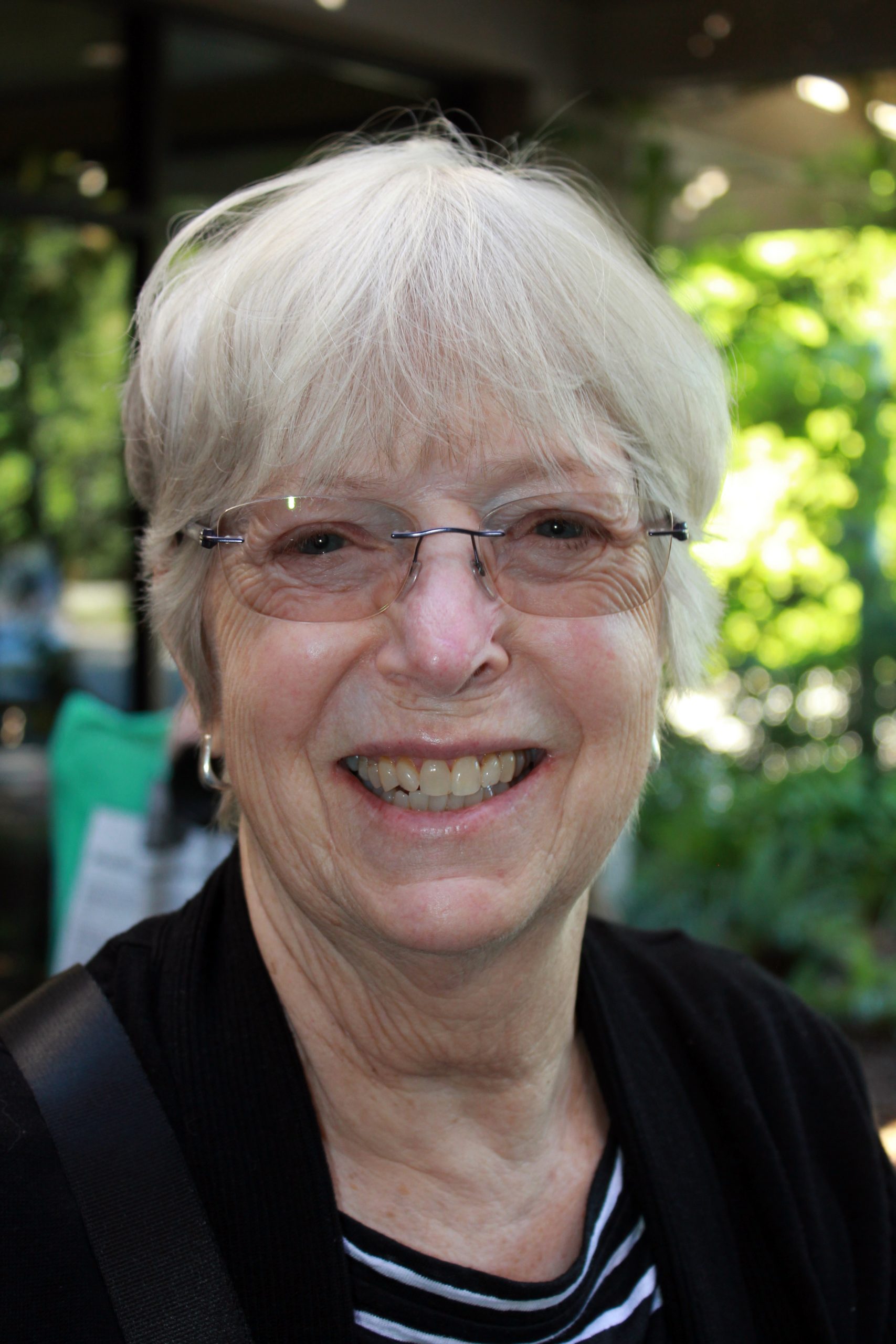
We are especially grateful that as you transfer the leadership role, you have poised CPC for a very bright future. We are also incredibly pleased that you have agreed to stay very close as a Member-at-Large, an XCOM member, and a representative on the CPC-SDZG Management team.
For all these things, I applaud you on behalf of our Board and express our sincerest thanks. Finally, let me say very personally that I consider the friendship we have evolved during this process a very cherished gift. Thank you ever so much.
Dr. Barbara Millen

Dr. Barbara Millen is our incoming Board Chair and our Conservation Champion for December 2020. As a health care professional, Barbara truly understands that native plants are essential for healthy human communities. She understands that rare plants are gems of value that are part of our natural heritage, that give us a sense of place, that provide us fuel we need to recharge and restore. Active in her Boston environs and on her family lands, Barbara brings to CPC a wonderful perspective and appreciation for a healthy, resilient organization that will radiate good to the world. We are fortunate to have her leading our Board of Trustees.
When did you first fall in love with plants?
I fell in love with plants on childhood walks in the forest and lakeside near our family summer cottages in Wisconsin, and in early adulthood in Massachusetts when I inherited the magical gardens created by an incredibly talented, self-trained landscape designer in the first home we purchased as a new, young family.
What was your path to becoming CPC board member (and eventual chair) and working to conserve native plants?
I joined a local GCA garden club, Noanett Garden Club, to connect with women in surrounding suburban communities. I was a full-time public health professional working in preventive medicine in the downtown Boston area. My schedule did not permit close contact and interactions with other community women. The garden club was ideal because it introduced me to a large, diverse group of women with remarkable talents and a shared love of horticulture. One of Noanett’s senior members, Polly Pierce, was a founding member of CPC. Polly is a very skilled horticulturalist and passionate conservation advocate who shares her wisdom freely and humbly with our membership. She guided me as I learned and eventually recruited me to CPC.
What are your personal reasons for working to save plants?
Our family has been involved in land and conservation for many years. During the 1918 Spanish Flu Pandemic, my mother’s father sought a location in northern Wisconsin with clean air, water, and outdoor space for safety and recreation. Quite by chance, he found a camp situated on a forested, clear lake on the outskirts of a small, unincorporated town that had been developed as a recovery area for former TB patients. He purchased it and brought his large, extended family there—first for safety, and eventually for annual recreation and enjoyment. It is a place we shared with an extended family, growing up and to this day. The open, forested space helped establish my love of the outdoors and my profound understanding of and enthusiasm for the interrelatedness of plants, the outdoors, and human (and animal) health and well-being. This family land was eventually placed in one of the first land conservation initiatives in the United States. I manage it today for family, with the help of University of Wisconsin botanists, the Wisconsin Department of Natural Resources, an arborist, and a small group of outdoor enthusiasts. In addition to managing its forests, we have developed open trails for hiking and cross-country skiing and have identified and nurtured more than 60 species of native plants. Being involved in conservation on a small scale in several areas where we have lived, I grew to appreciate the expertise, strength, and capacity brought to plant conversation by many local conservation groups, and particularly by CPC’s extraordinary leadership and its amazing network of Participating Institutions (PIs).
Please share an aspect of CPC or a CPC success story in which you take great pride.
The relocation of CPC from its founding site at the Arnold Arboretum of Harvard University (in Boston’s and Frederick Law Olmsted’s ‘Emerald Necklace’ 11-mile linear park system) to the St. Louis Botanic Garden and, most recently, to San Diego Zoo Global marked significant steps forward. Our network has grown phenomenally to more than 60 collaborating organizations. This PI network has enabled CPC to advance plant conservation science and protect more than 40 percent of the 4,400 rare plant species of North America. CPC’s expertise, performance, and leadership are increasingly recognized worldwide. CPC continues to innovate in many areas, including the design and implementation of a sophisticated and robust Rare Plant Academy web platform, which promotes plant conservation to scientists and the public and shares best conservation practices globally. As a testament to its leadership, CPC was also awarded and asked to manage a $3 million grant from the California State Legislature to fund the California Biodiversity Initiative, the mission of which is to save the endangered plants of California. The scope of state funding for this initiative is unique nationwide and lays the groundwork for CPC to establish a model for plant conservation and funding in other states across the country. All of these areas speak to the strong, collaborative approach of CPC’s leadership team, its scientific excellence, its skill and productivity, and the enthusiasm it breathes into each one of its initiatives.
What about working to conserve plants has surprised you?
I’m surprised by the limited public awareness of the importance of plant conservation, especially its connection to human and animal health and the future of our planet. If we want to engage the public in this work, we need to make these connections as clear as possible. Then we, as a nation, will understand the critical nature of plants and the roles we can—and hopefully will—play as individuals, organizations, and networks such as CPC.
What excites you about CPC’s future?
With continued focus on our mission, growth, and dedication, it is within our reach to save all plants from extinction. Progress toward this goal will be driven by the continued effective collaborations among conservation scientists in the U.S. and worldwide that are guided by CPC’s leadership. We will also be able to guide public understanding of the importance of plant conservation to human and animal health and environmental sustainability.

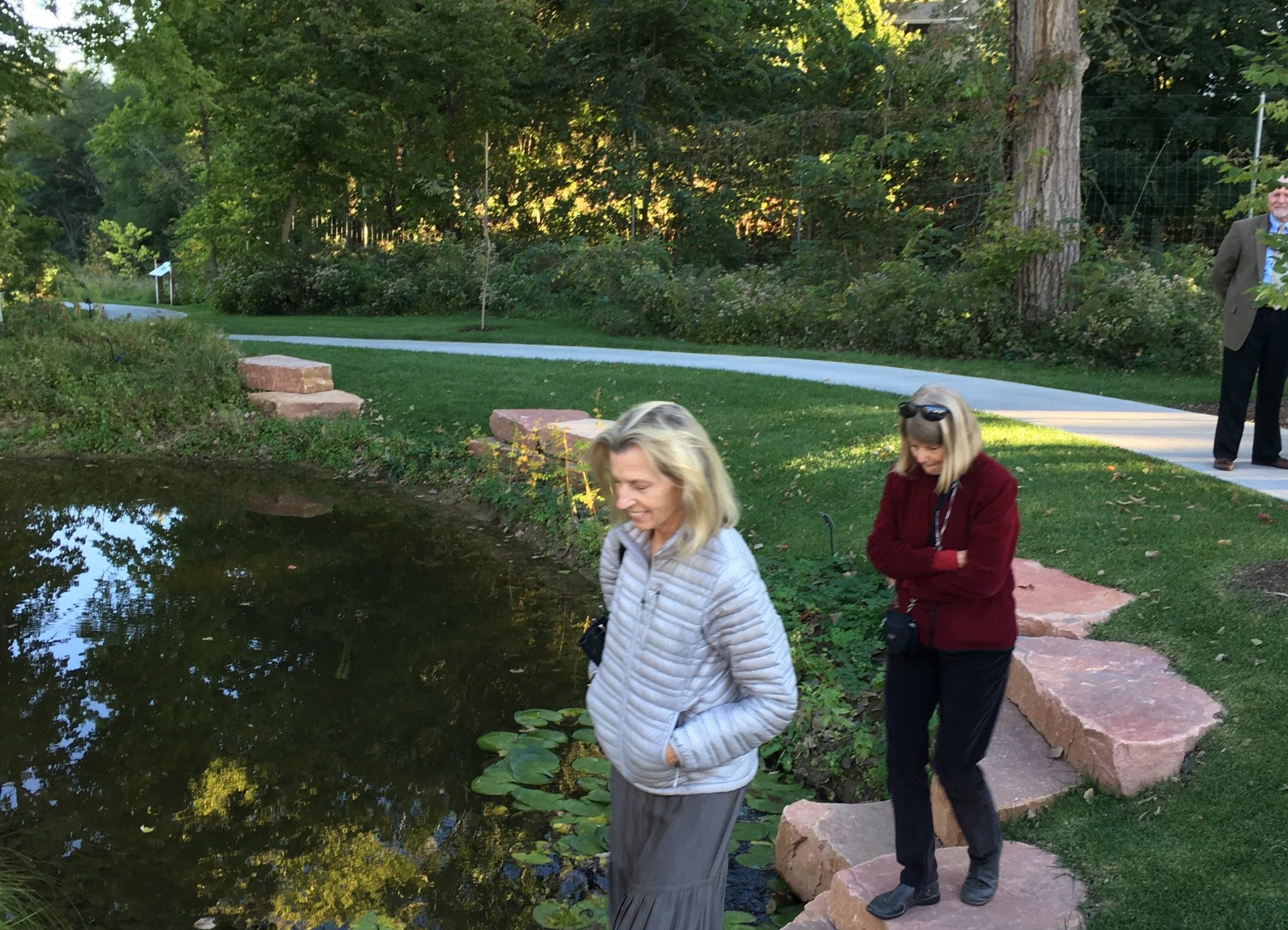
Dr. Millen is also on the Board of the Emerald Necklace Conservancy in Boston that includes the Olmsted park system, Arnold Arboretum and Franklin Park and Zoo.
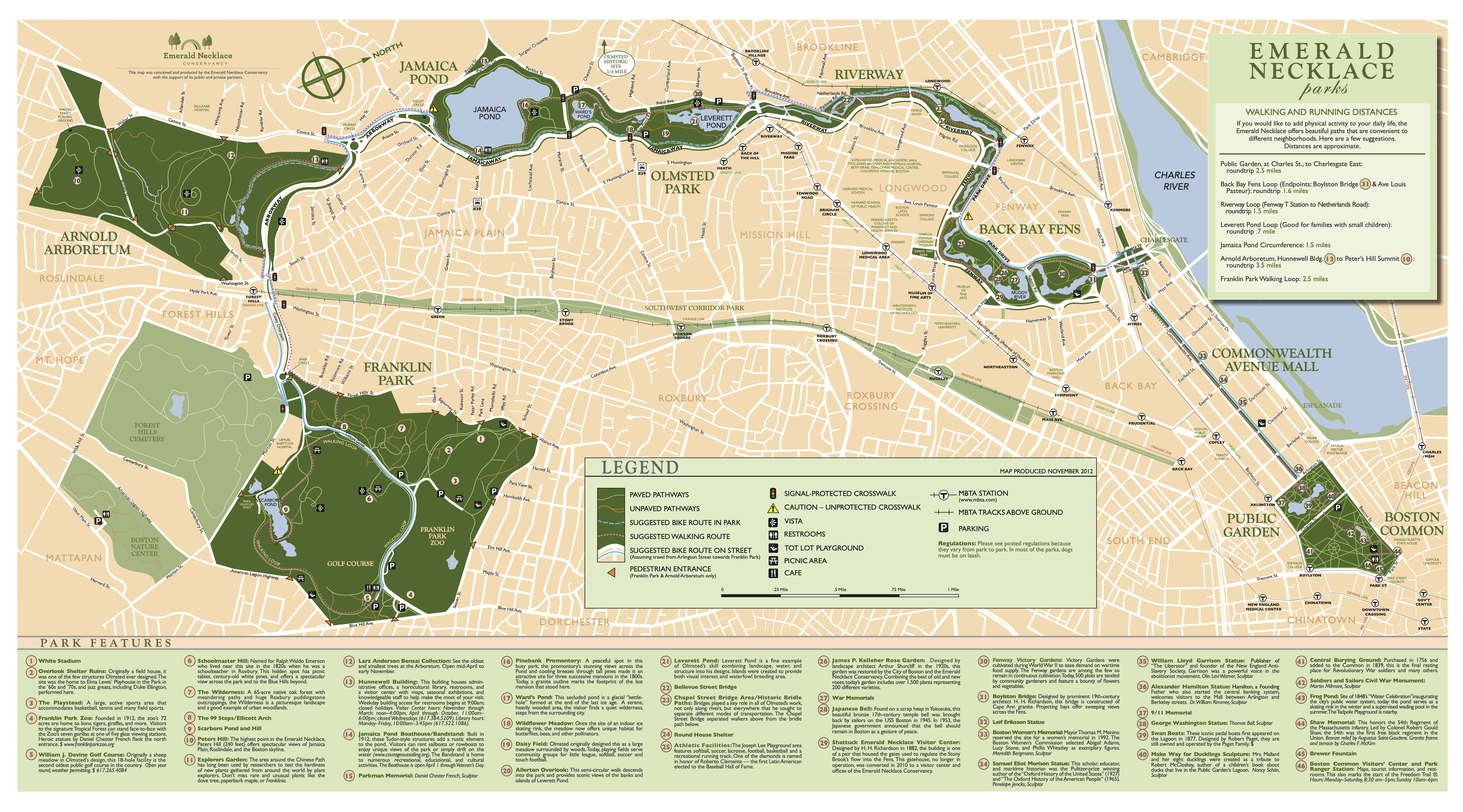
-
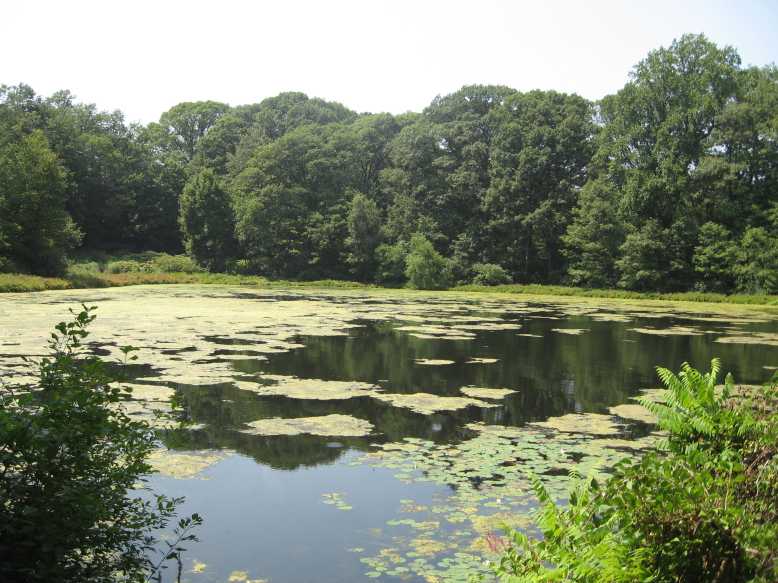
Ward’s Pond sits on the border of Jamaica Plain and Brookline, just north of Jamaica Pond and within Olmsted Park, one of the long links in Boston’s Emerald Necklace of parks. Photo from Wikimedia Commons. -

An organic garden at Franklin Park Zoo. Franklin Park Zoo is a 72-acre site nestled in Boston’s historic Franklin Park, long considered the “crown jewel” of Frederick Law Olmsted’s Emerald Necklace Park System. Photo credit: courtesy of Zoo New England. -
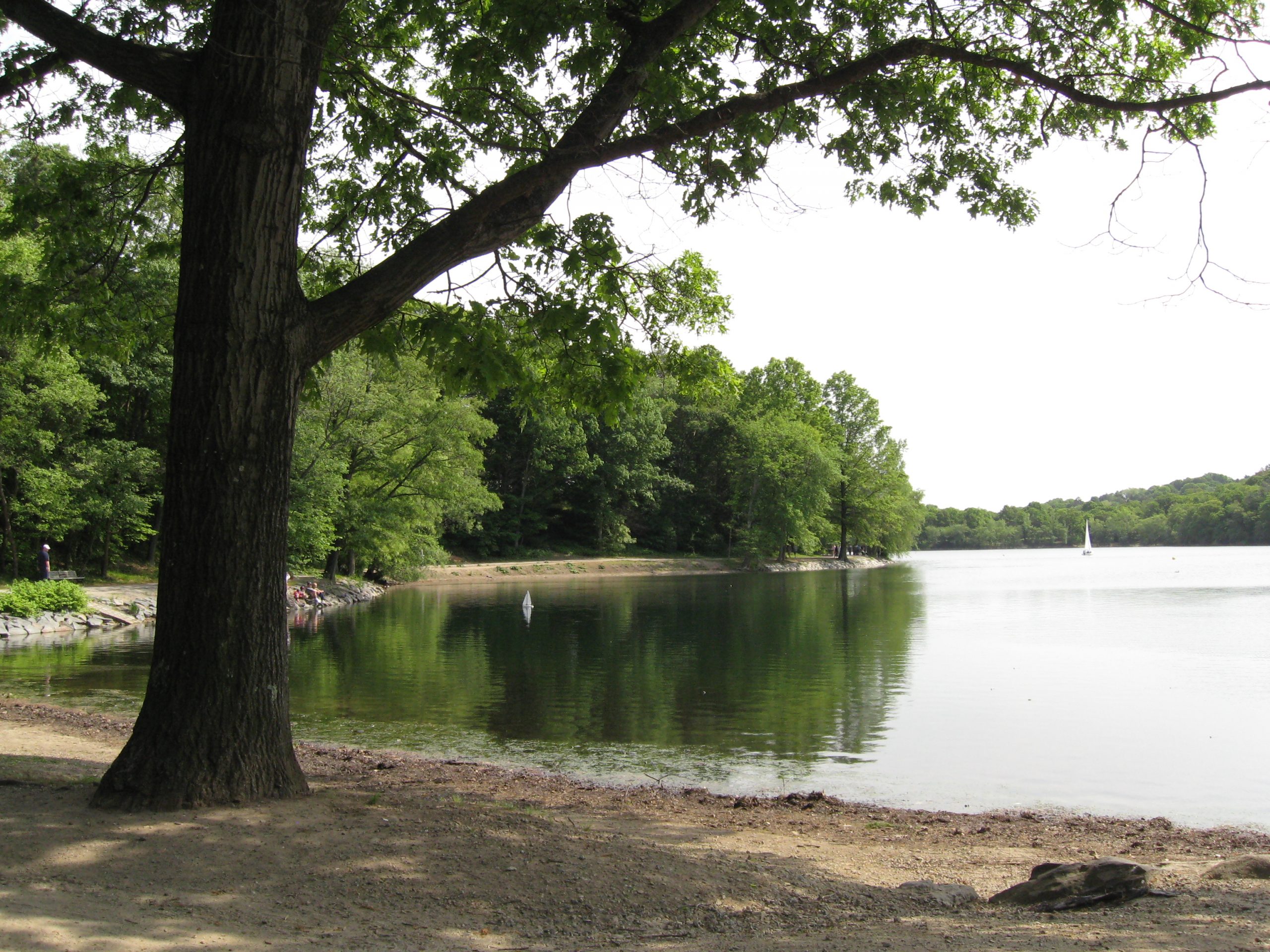
Bostonians flock to Jamaica Pond for concerts, children’s programs, theater performances, rowing, sailing, fishing, running, and biking with a view. Photo credit: Rene Beignet
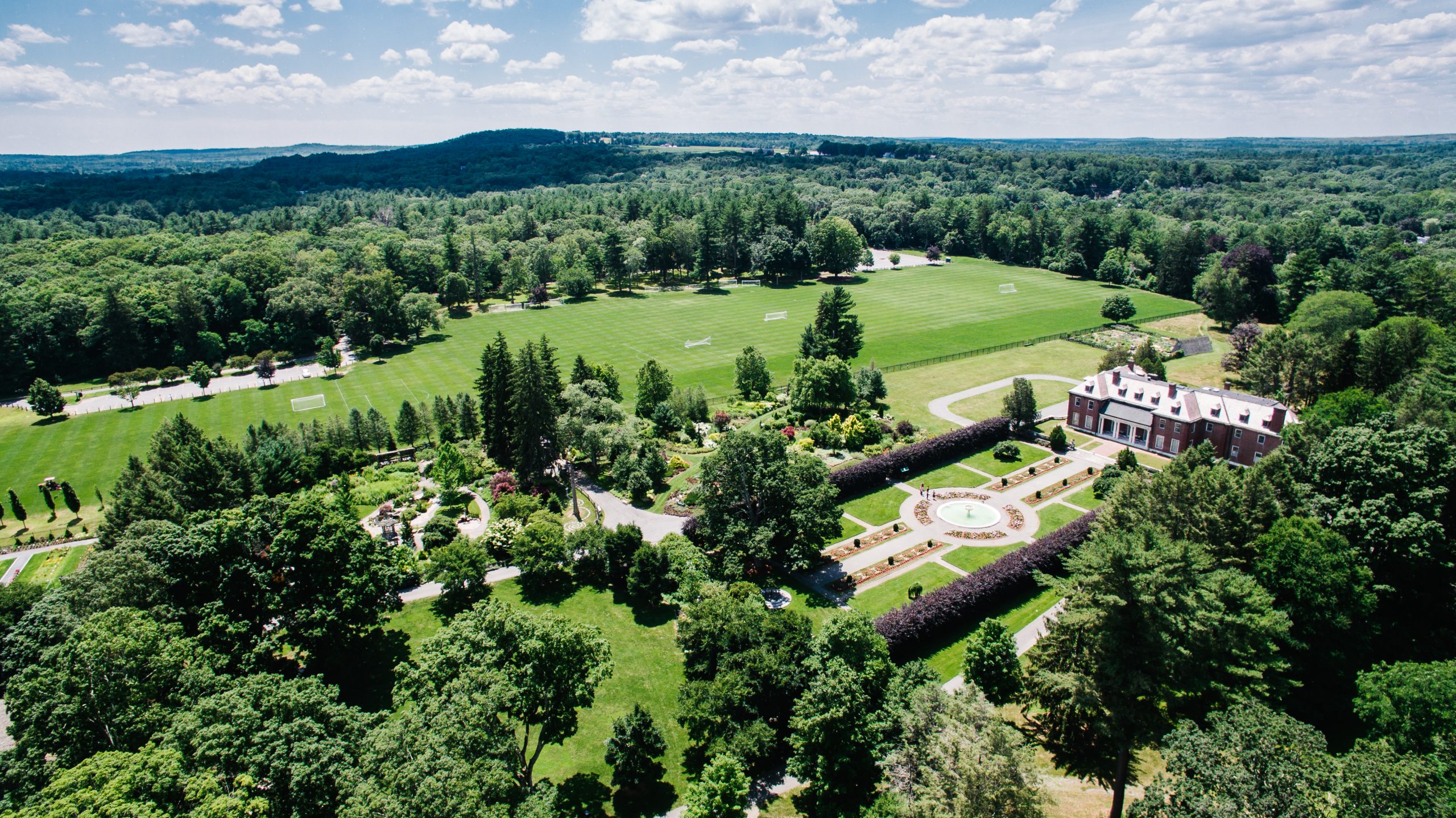
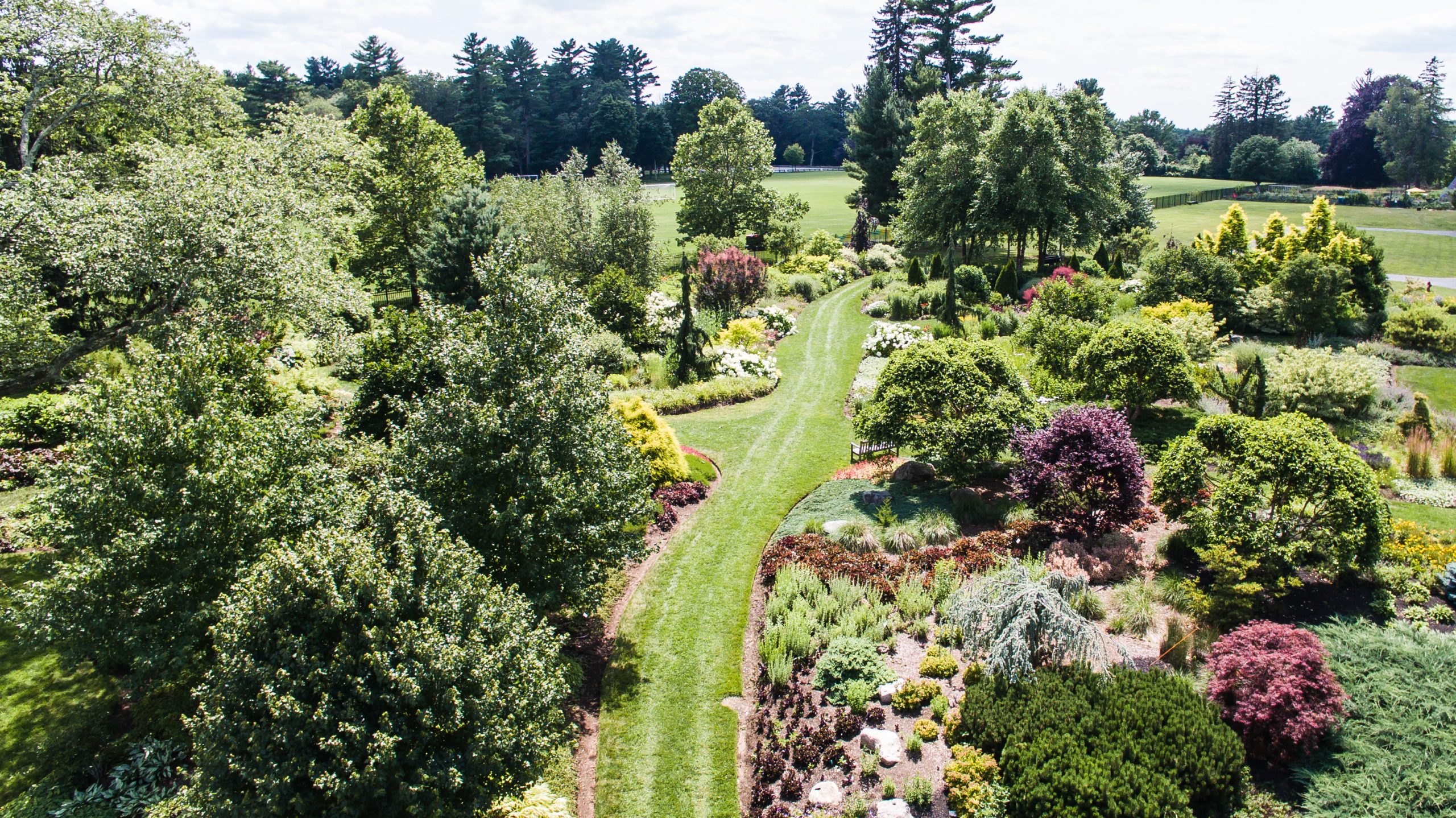
As Seen on CPC’s Rare Plant Academy
In adapting to the circumstances of the COVID-19 pandemic, the power of remote meeting and communication shone bright. Video technologies have been vital this year. They will continue to play an important role in outreach and education as CPC and its member institutions move forward, providing training and tools to the next generation of plant conservationists. To this end, CPC developed a training video to help partners in the network make videos. Network partners will find this training video, initially developed for the CPC National Meeting, to be a useful resource as they help CPC develop outreach videos for Rare Plant Academy and the Applied Plant Conservation Course Online, as well as for their own outreach needs.
Get Updates
Get the latest news and conservation highlights from the CPC network by signing up for our newsletters.
Sign Up Today!Employment Opportunities
Purpose
This assistantship, supported through both the Atlanta Botanical Garden (ABG) and the Jones Center at Ichauway, will provide a graduate student at Emory University with a well-rounded educational opportunity in plant ecology and conservation that will immerse them in both field and laboratory studies with a focus on applied research questions on the federally endangered species American chaffseed (Schwalbea americana). ABG and the Jones Center have already worked together to collect seeds from American chaffseed for their respective conservation seed banks. Additional focal areas that a graduate student could develop to further restoration and recovery efforts of this species include:
- Mycorrhizae research
- Micropropagation
- Outplantings
- Monitoring throughout its Georgia range
- Population genetics
Funding
This assistantship will cover two years of tuition at Emory University, plus a stipend for supplies and travel. The student would have the opportunity to join the Plant Ecology research lab at the Jones Center as a seasonal technician the summer prior to their enrollment in graduate school. This would give the student the opportunity to learn about Ichauway and begin developing project ideas and protocols while also participating in routine Plant Ecology lab activities.
University Enrollment
The candidate for this position will be recruited through Emory University and will be advised there by Dr. Lance Gunderson. Dr. Emily Coffey of the Atlanta Botanical Garden will co-advise the student.
The MS in Environmental Sciences at Emory University integrates ecological and earth sciences with policy and social sciences in a two-year program emphasizing quantitative research and practice.
Emory graduate students work closely with faculty to develop a research focus and thesis, giving them an opportunity to learn and apply quantitative research skills. Graduates will gain the expertise needed to relate scientific findings to policy decisions and are prepared for work across an array of agencies (governmental, inter-governmental) and in areas of natural resource management, biodiversity and species conservation, and environmental management and conservation. Students are also prepared for Ph.D. programs, if they choose.
The research-based thesis offers students unparalleled access to faculty in anticipation of producing a publishable, journal-ready thesis. Cohorts are small as students work closely with faculty, so as an important next step, please review our faculty and their research.
Contact information
For more information about this graduate research assistantship, please contact: Leah Thomas
Native Plant Conservation Campaign News: Updated Oregon Flora Website makes it easier to explore Oregon plants
OregonFlora, an Oregon State University project to catalog the state’s plants in an online searchable database has been updated to add features and improve its ease of use. It allows users to explore more than 4,700 plant species that grow in the wild in Oregon.
OregonFlora has had a searchable website for 15 years, but it was previously geared more toward botanists and experts. Users can now search for either scientific or common names in the new intuitive search engine.
The site has tools for users to identify plants seen in Oregon, find the right native plant for a garden, find where specific native plants occur in the wild. The new site also includes more than 46,000 color photos of Oregon native plants.
Potential uses for the new resource include:
- identify a plant seen on a hike
- identify rare plants that require protection or invasive plants that require removal during land management
- learn where a plant species has been found in the state, and how climate change could be changing that distribution
- choose plants for a garden or landscaping project
OregonFlora has also created the Oregon wildflowers app, which can help identify more than 1,050 common wildflowers, shrubs, and vines found in Oregon and adjacent areas of Washington, Idaho and northern California.
Other states have developed similar resources for amateur and professional botanists and gardeners. For example, CalFlora offers comprehensive information on California native and nonnative plants, along with thousands of photographs. CalScape offers gardeners growing and habitat information for nearly 8,000 native species in the state.
If your state or region has or is developing an online plant identification or gardening database, please let us know.
North American Orchid Conservation Center Newsletter
Our friends at the North American Orchid Conservation Center have an informative newsletter which includes interesting information about the CPC National Meeting. Check it out!
Ways to Help CPC

Support CPC by Using AmazonSmile
As many of us are now working from home and relying on home delivery more and more, we want to remind you that you can keep your home stocked AND SavePlants. If you plan to shop online, please consider using AmazonSmile.
AmazonSmile offers all of the same items, prices, and benefits of its sister website, Amazon.com, but with one distinct difference. When you shop on AmazonSmile, the AmazonSmile Foundation contributes 0.05 percent of eligible purchases to the charity of your choice. (Center for Plant Conservation).
There is no cost to charities or customers, and 100 percent of the donation generated from eligible purchases goes to the charity of your choice.
AmazonSmile is very simple to use—all you need is an Amazon account. On your first visit to the AmazonSmile site, you will be asked to log in to your Amazon account with existing username and password (you do not need a separate account for AmazonSmile). You will then be prompted to choose a charity to support. During future visits to the site, AmazonSmile will remember your charity and apply eligible purchases towards your total contribution—it is that easy!
If you do not have an Amazon account, you can create one on AmazonSmile.
Once you have selected Center for Plant Conservation as your charity, you are ready to start shopping. However, you must be logged into smile.amazon.com—donations will not be applied to purchases made on the Amazon.com main site or mobile app. It is also important to remember that not everything qualifies for AmazonSmile contributions.
So, stay safe inside, and when ordering online, remember you can still help save plants. Please feel free to share this email with your friends and family and ask them to select Center for Plant Conservation.
Thank you all for ALL you do.
The Center for Plant Conservation Newsletter
Contributing Editor/Writer – Christa Horn.
Editors – Cindy Clark and Kathy Elliot.
Managing Editor – Maureen Wilmot.
Design and Development – Forest Design LLC.
Donate to CPC
Thank you for helping us save plant species facing extinction by making your gift to CPC through our secure donation portal!
Donate Today